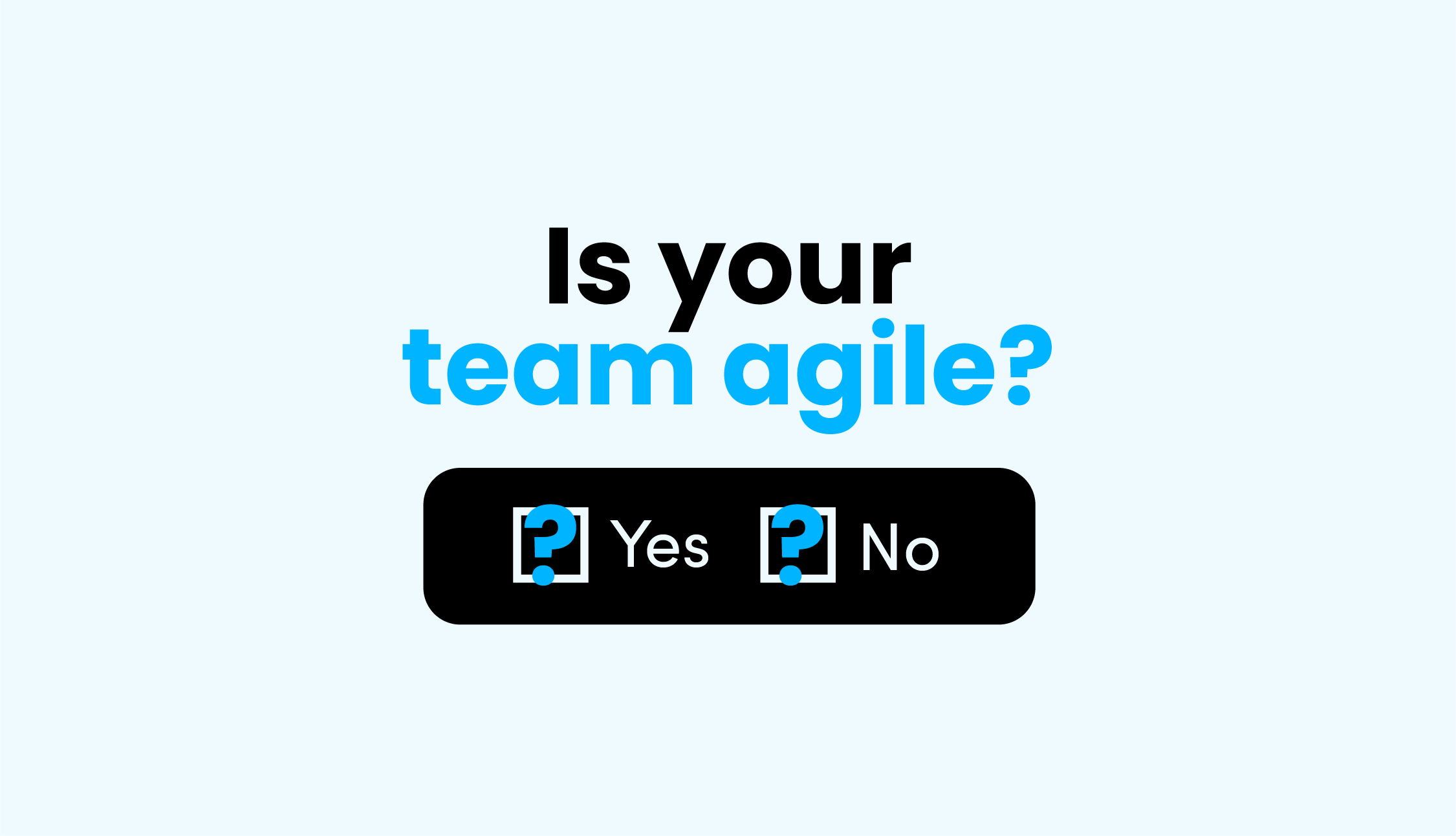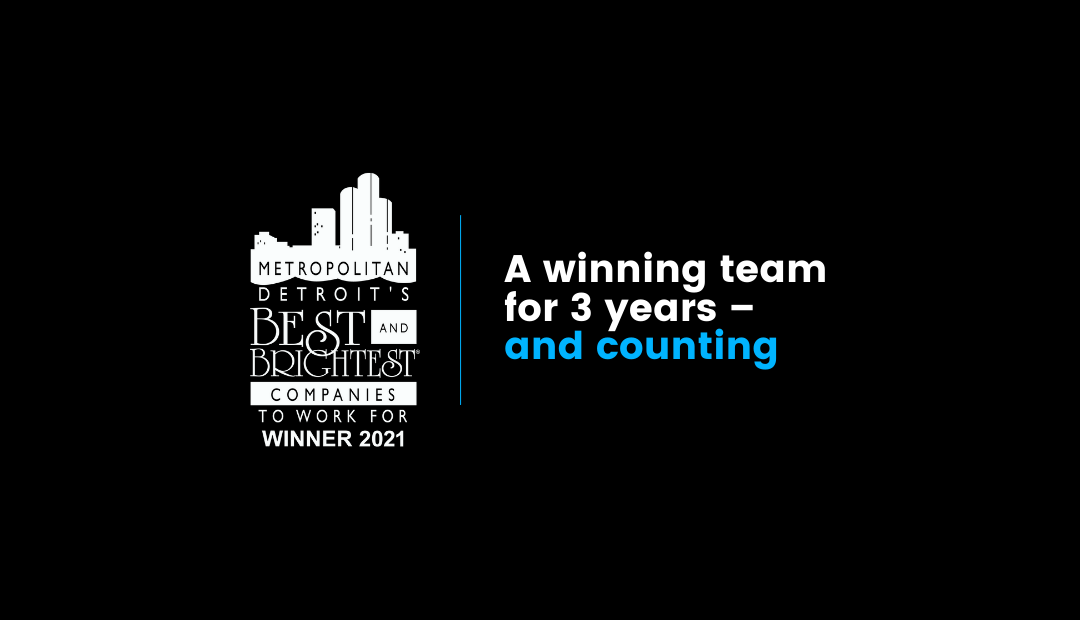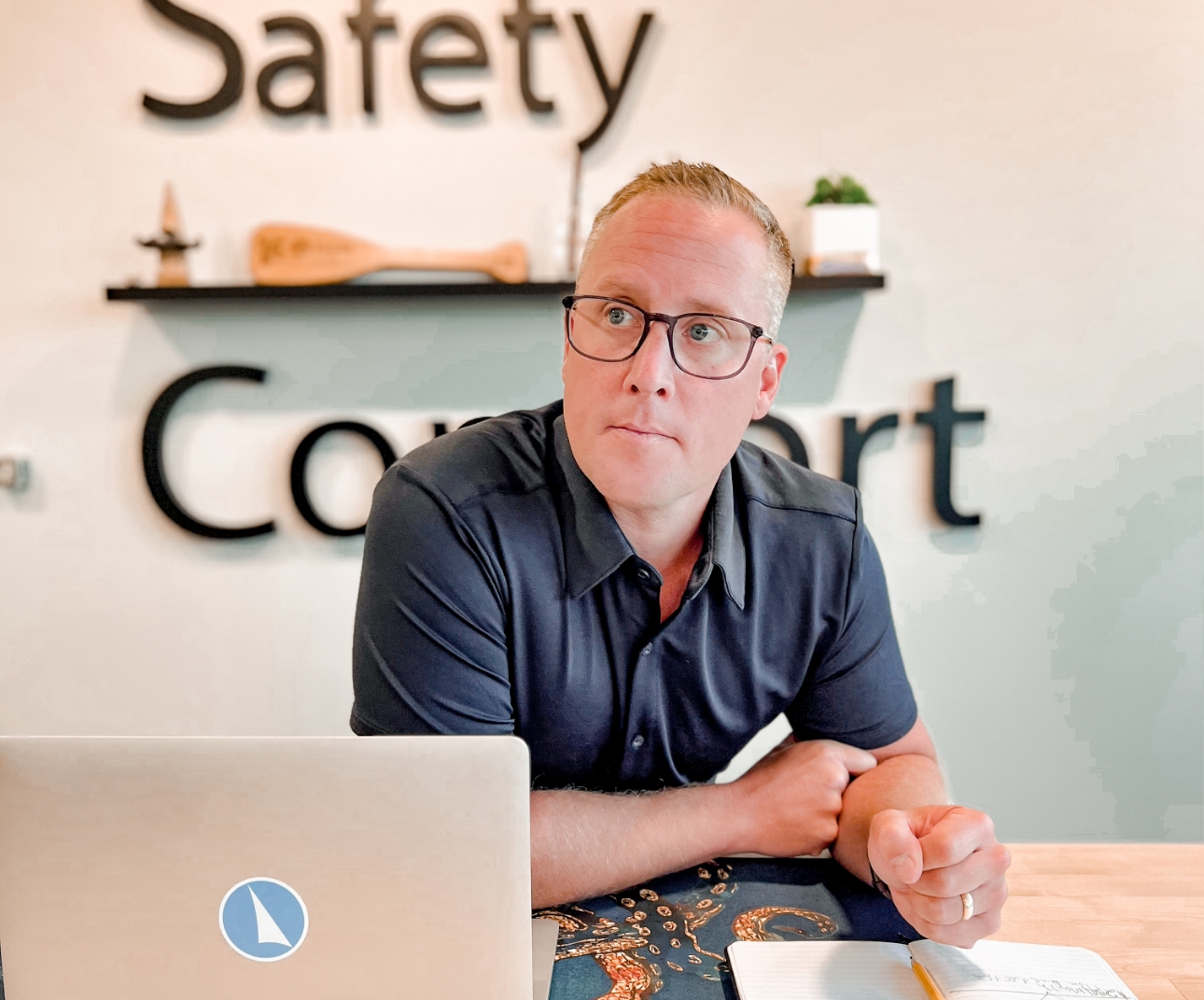Balance task allocations for team harmony and agility
Among the plethora of challenges marketers faced in 2020, internal team composition and deployment was high on the list, at 42.9%. When COVID hit, marketing managers had to re-evaluate their workload to absorb the assault of requests for new messaging, which required new channels and new results metrics. Audience behavior changed almost overnight, as behavior shifted to accommodate new work-from-home habits.
Some marketing departments lost large chunks of their budgets, as their portion of the overall corporate spend shrank. Some had to cut staff and re-adjust to a “new normal.” Internal marketing team agility went from being a “luxury” to being a necessity in the blink of an eye.
To keep up with this accelerated pace, organizations should be prepared for four critical elements in the development of team agility.
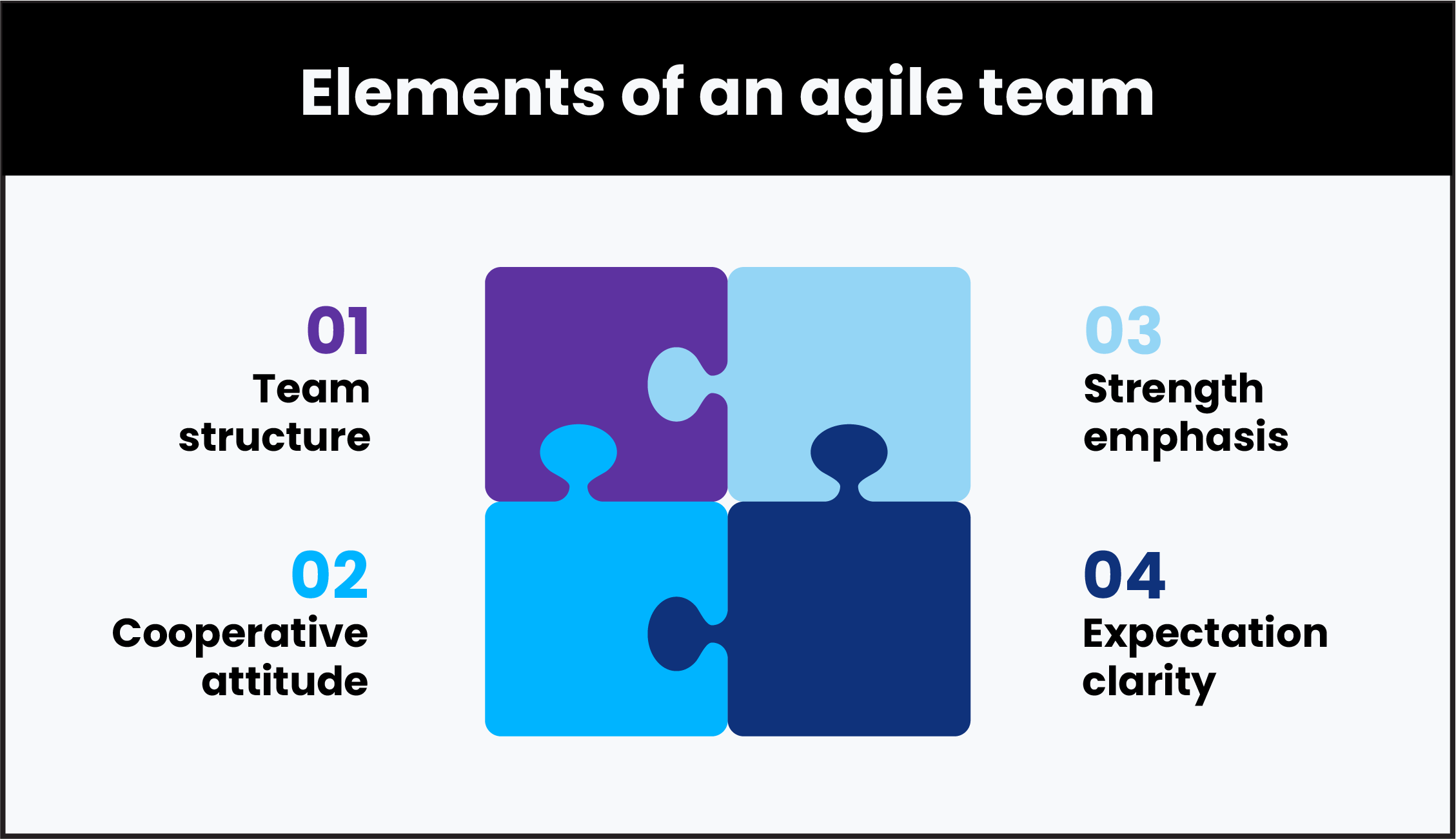
#1: Team member selection for agile team development
Managers whose teams were downsized or otherwise upended found it necessary to dig deep within their ranks to sort out the skills, expertise and talents needed to get the job done. An already existing cross-functional team structure was a godsend for those who needed to turn things around quickly, as teams assessed the necessary tasks and divided them up among those with the requisite knowledge and skillsets.
At SSDM, we have found that a cooperative spirit, to work for the common good, along with a willingness to “own” tasks, helps our truly cohesive team deliver solid results. And on top of that, when management honestly embraces the notion of fearless failure, that making mistakes is OK, collaborative agility reaps many rewards.
It’s a fact that cohesive, agile teams get more done, faster. This doesn’t “just happen,” however. The new team member interview process focuses on the intangibles and soft skills that highlight the kind of personality and personal values necessary to be successful in a diverse team environment.
#2: Positive outlook and problem-solving are key components
Much of the success of agile teams derives from this cooperative spirit, but even more important is the positive outlook that together, with the right combination of problem-solving skills and the willingness to succeed, the team can achieve anything together. At its core, this allows team members to expand their horizons and defy boundaries to make important things happen.
Often, a marketing team finds itself in a position of having to prove its “worth.” Our recent survey indicates that internal teams are continuing to be challenged with proving their value, as is evidenced by the fact that marketing budgets are routinely cut when belt-tightening happens. The best proof of worth is measurable action.
When the team fully embraces an in-the-trenches, agile positive outlook, they can jump into action, taking on new challenges, filling needed roles the task demands, and making it happen. This goes a long way toward proving the team’s value.
As fluid as the digital marketing world is, the can-do, cooperative team ecosystem is the best defense when the inevitable curveball is thrown.
#3: Tear down the silos: Think roles + responsibilities vs. positions + titles
The most helpful strategy for agile team development involves a transformative positive outlook from traditional position and title silos to the notion of roles and responsibilities. With an agile team dynamic, it’s easy to slip into a new role within a collaborative situation, even if it’s “outside” of someone’s traditional position or title.
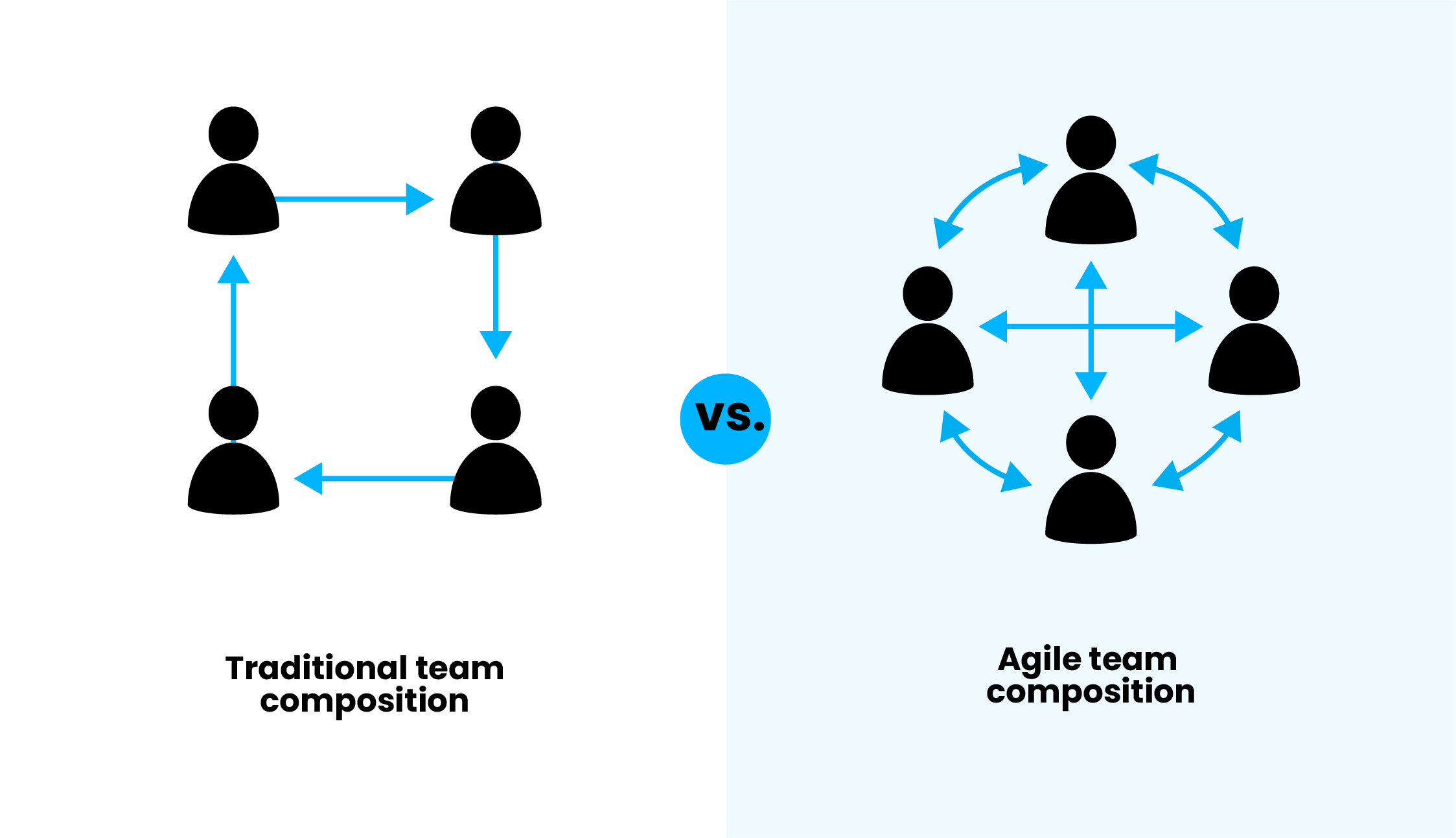
Agility cannot co-exist within silos, but many organizations have been operating in silos for so long, the idea of a person being able to fill multiple roles is a foreign one. If this describes your situation, you can change the paradigm. Your team will be excited about the idea of learning new things and making themselves more marketable.
A huge benefit to this positive outlook derives from the ability of the team to take advantage of individual team member interests and strengths, providing a feeling of real camaraderie. When others are able to pick up and own tasks and action items, it also provides freedom for all team members, resulting in less pressure and a better chance of success.
By tapping into team member strengths, the focus surrounding “roles” is one that encourages participation as a part of a whole vs. “positions” which tend to pigeon-hole people and their talents.
#4: Clarity is a catalyst for agility
Good teams rely on strong dynamics to provide the glue that allows them to morph when the situation calls for a role to be filled, based on knowledge and skills, completely aside from title or position.
Clarity helps teams see the path forward and be able to gather the team members with the right combination of talents to get the job done. In a recent MarTech Today article, the correlation between cross-functional teams and team agility is highlighted. Clarity also helps to solidify goals and vision, including the achievement milestones.
At SSDM, we find that it is critically important to make sure everyone understands the importance of their individual role to a project’s success, and more broadly, the agency’s and client’s overall success. By honestly abandoning the fear of failure, the team is empowered to bring new ideas and find solutions.
Among the SSDM guiding principles, the most important one is to “grow ourselves to grow others.” We cannot be constricted by the fear of failure or we will not grow. And when something goes awry, a collaborative team shows empathy. True growth comes in many forms and we embrace the learnings every step of the way.


